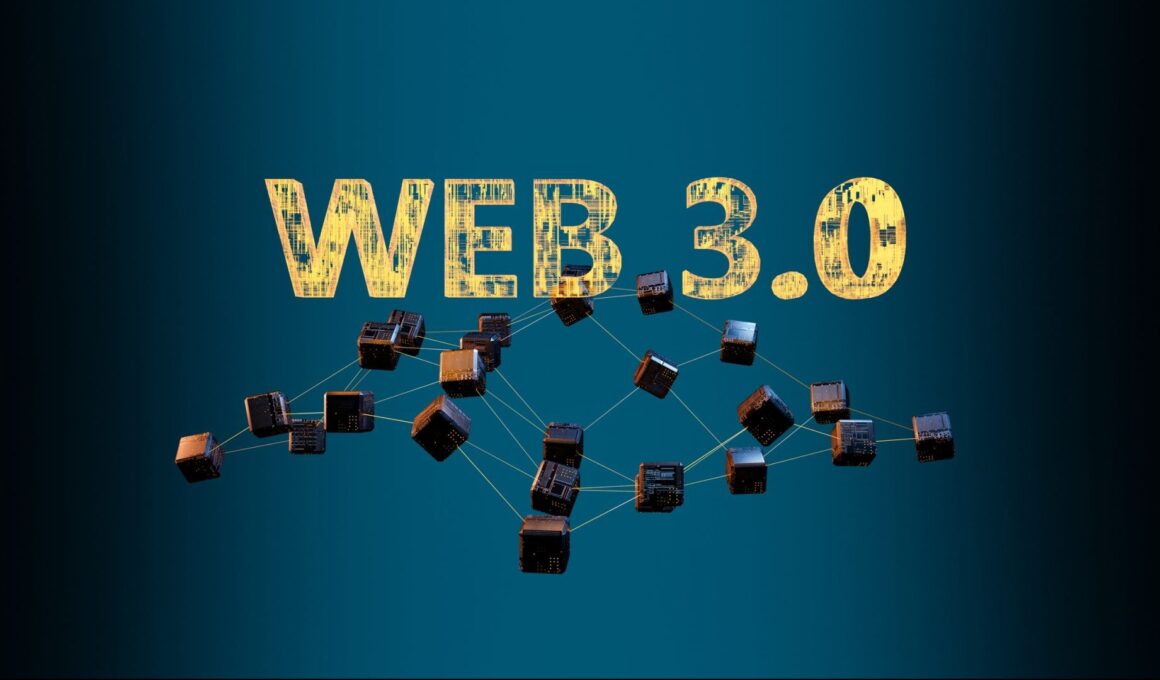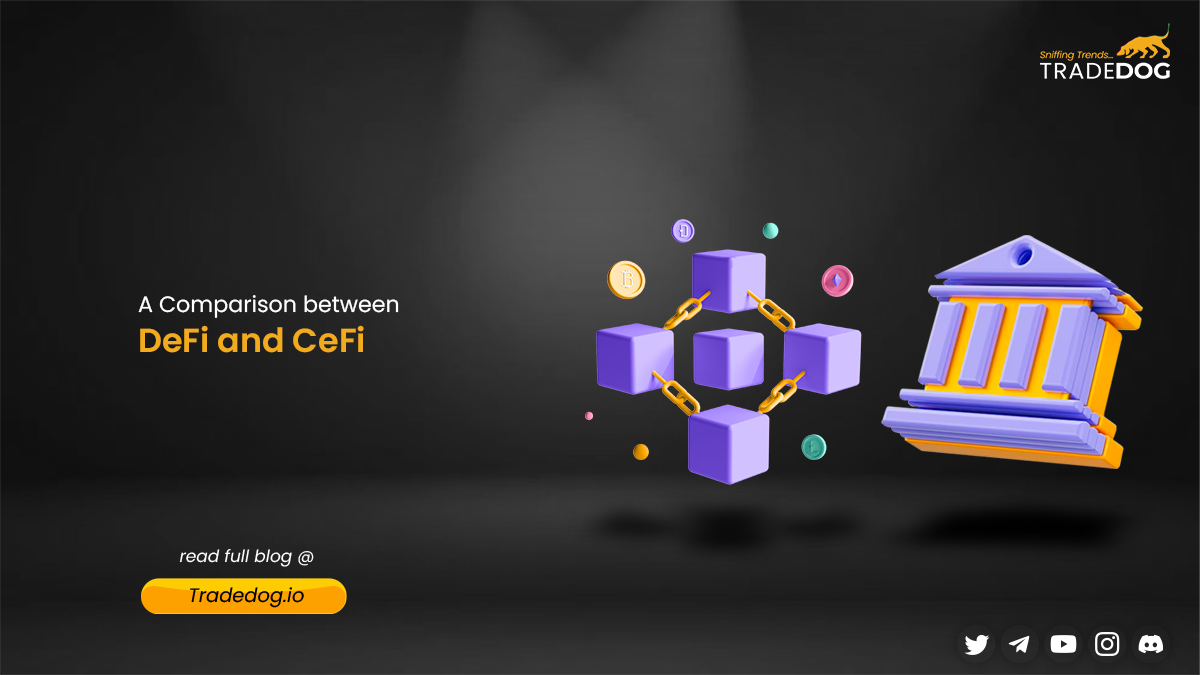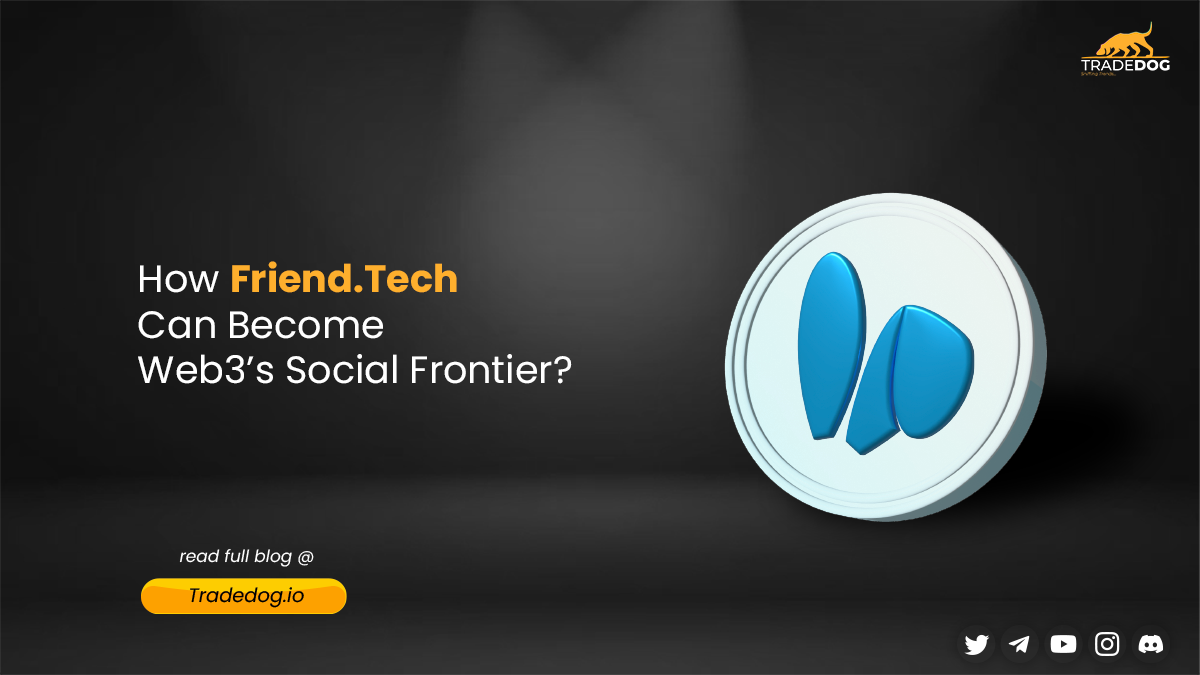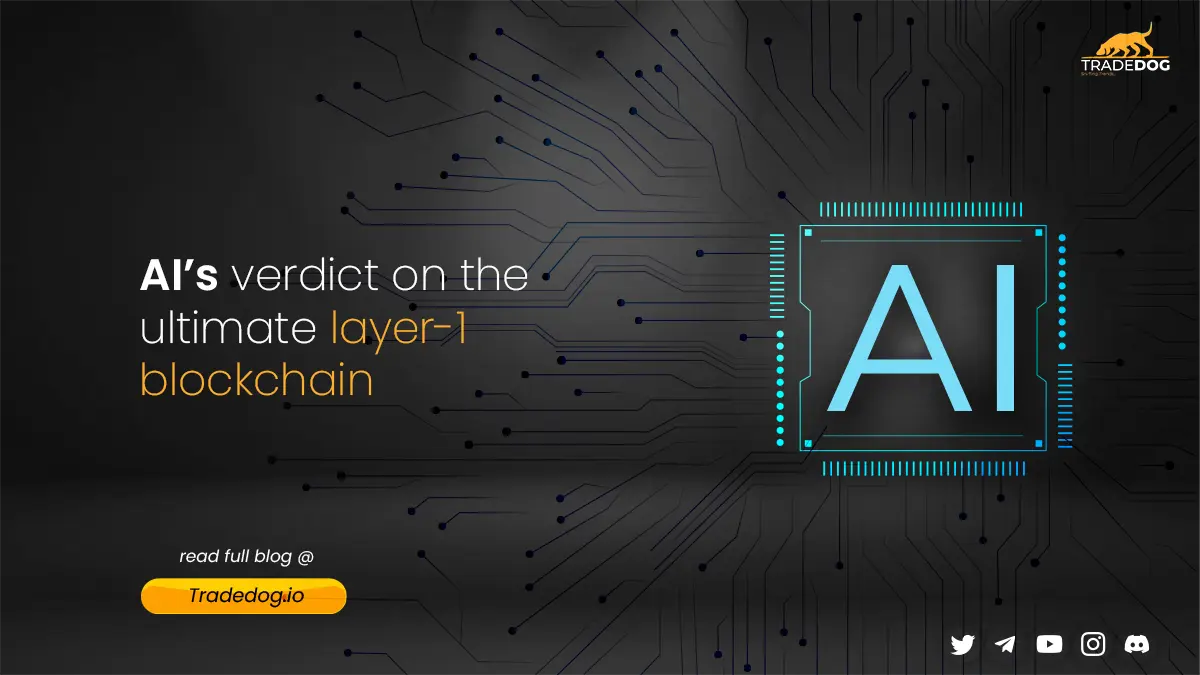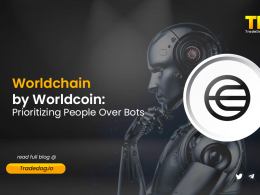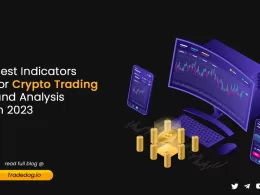Shermin Voshmgir, founder of BlockchainHub in Berlin and the author of the book Token Economy states that “The Web 3.0 changes the data structures in the backend of the Internet, introducing a universal state layer, often by incentivizing network actors with a token”.
In the last year, we’ve seen the Web 3,0 (decentralized internet) come in leaps and bounds. The numbers decentralized finance has amassed are just staggering. From January 2020 till now, the Total Value Locked (TVL) of assets shot up from about $600 million to over $30 billion. The volume of trades and transactions on Decentralised Exchanges (DEXs) in a month is up to $30 Billion. And there are over 250 DeFi dapps in the space now. These applications are all coming up with new innovative projects. The statistics of most of the largest projects in the space are very impressive.
But to know how we’ve gotten to this point, it is important to know how the web has evolved. There is a reason why this web is called Web 3.0 and we’ve broken it down for you in this article.
Background and Evolving of the Web

It’s been over 30 years since the World Wide Web was invented. In 2019, during the occasion of the 30th ‘birthday’ of the Web, the inventor of the Web, Tim Berners-Lee declared his disappointment at the direction the Web has taken in the years leading up. While it is easy to disagree with Tim, he might just have a case here.
Before we had the web, there was the internet. During the Cold War between the US and the USSR in the 70s, the US designed a computer that controlled its nuclear weapons. Everything that needed to be done as regards nuclear weapons was done on that computer. So you could say their war efforts were centralized. But there was a concern that an attacker could send that computer offline and put war efforts in jeopardy.
So, the US built a system where they had many computers scattered across the country. The idea was that if an attack were to happen, the system would keep on working as it didn’t depend on one centralized computer anymore. This was what brought about the idea of decentralization.
Tim Berners-Lee, 1990 then created one of the first applications on the internet; the Web. This immediately became a useful tool for students and researchers.
WEB 1.0 –
From 1995, browsers like Microsoft Internet Explorer started to give people easier access to the internet. People browsed static websites that had very little Peer-to-peer interaction and businesses like Amazon and Google were built on the web. Web 1.0 also brought about emails and these were huge then.
WEB 2.0 –
10 years after, in 2005, things began to get interesting. New websites for social interactions like Facebook, MySpace, YouTube, and Twitter ushered the world into the era of Web 2.0. People could now take more actions online. From creating content to creating pages, it didn’t matter whether they had technical skills or not. Even though things were a lot better and easier by now, the world had started to drift away from the original vision of the Web.
WEB 3.0 –
As Web 2.0 became more popular and widespread, people began to wonder what Web 3.0 (also known as Web 3) was gonna look like. In 2019, the Web 3.0 Summit was held and it was clear that the new web would be about decentralizing the web – again after the first decentralization in the 1970s.

The Web needed decentralizing and it needed it fast. From collecting/breaching user data which are used to bombard users with adverts, to surveilling (without the knowledge of citizens) and censorships, things are bad. But there’s hope with Web 3.0. This web is bringing around innovative Decentralized Apps (DAPPS) that have a wide range of features and capabilities, thereby giving users more control over their data and online identities and also changing the way the world sees money and currencies.
Speaking about money and currencies, the evolution of Bitcoin and Cryptocurrencies is just a perfect example of what Web 3.0 is doing. The ability for people to carry out transactions without seeing or knowing themselves, without the need for a middleman, is what Web 3.0 is preaching. The way we trade stocks, real estate, bonds, etc are being transformed by Web 3.0.
As more and more decentralized applications are championing the moves of cryptography, blockchain technology, P2P networking, etc to web applications, centralized platforms like Facebook, YouTube, Airbnb, etc are now having their decentralized versions.
A typical DApp can be built with a payment layer (any cryptocurrency works), and a storage layer that stores the source files the apps need. The InterPlanetary File System (IPFS) helps with this. Think of the IPFS as the decentralized version of HTTP. Then blockchains like that of Ethereum are being used to run the codes that run these decentralized apps. There will of course be other blockchains as we move forward but Ethereum is the most popular for now.
It is important to acknowledge that one of the main problems Web3 is trying to solve is privacy in finance which is also one of the ideals behind Decentralized finance (DeFi). In the Blockchain world, financial privacy is almost nonexistent as every single transaction is displayed on the Blockchain and this has led to some recent bad occurrences by nefarious characters who take advantage of people immediately after seeing their transaction on a public blockchain. This is known as “front-running”.

In the pursuit of financial privacy, Blockchain company Secret Network is aiming to improve infrastructure that would solve this problem. And this has led to some well-known organizations in the Blockchain space investing about $11.5 million into SCRT, the coin of the Secret Network blockchain. Founder of Secret Foundation Toh Bair said, “Secret’s vision is to become a data privacy hub for all public blockchains, collaborating more than competing with networks like Ethereum (to which we already have a live bridge with over $100 million in assets locked).” He went on to say, “The addition of these valuable and experienced partners to the Secret ecosystem marks a significant inflection point for Secret Network as we concentrate on expanding and supporting our fast-growing application layer.”
Speaking about layers in the Web 3.0 ecosystem, a lot of Developers use The Graph, an “indexing layer” to extract data from the blockchain and make it available to Web 3.0 applications. The Graph looks like it has come to stay as more and more developers use it to load applications quickly and provide a good user experience. In the last year, The Graph’s hosted service usage statistics have shot through the roofs. With an increase from 100 Million queries in January 2020 to over 11 Billion in January 2021 alone in the volume of hosted service queries. Subgraphs, also known as open APIs on The Graph, grew from 1000 in January 2020 to over 7000 Subgraphs by the end of 2020. Subgraphs are useful in measuring Web 3.0 development activity.
CONCLUSION
There are a lot of reasons why Web 3.0 is important in this era but the most important one is that it gives people control of their data and this in turn leads to a lot of other positives.
While Web1 was read-only and semi-decentralized, Web2 saw the big corporations come in and they were (rather inadvertently) centralizing the web with the different products and updates they pushed out, even though they made it easier to use. Now though, the world is moving away from Web2 and is at Web 3.0. Most of everything on the internet is being decentralized on Web 3.0 and there are a lot of impressive innovations to go with this decentralization.





